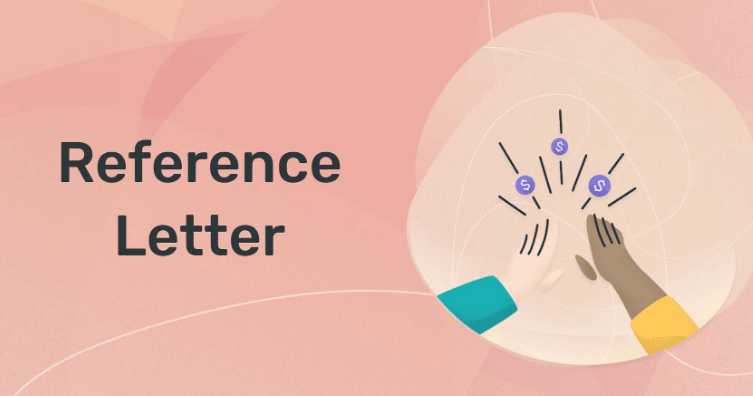move the letters back by the number of exits

Cryptography, the art of writing and solving codes, has fascinated humanity for centuries. Among its myriad techniques, one stands out for its simplicity and elegance: moving letters back by the number of exits. This method, though ancient in origin, remains relevant in our digital age, offering a unique lens through which to understand the principles of secure communication.
Historical Context of Letter Shifting
The journey of cryptography stretches back to antiquity, with letter shifting being one of its earliest forms. The Caesar cipher, named after Julius Caesar, who famously used it to secure military communications, is a prime example. It involves shifting the alphabet by a set number, a rudimentary yet effective form of encryption. This method set the stage for the evolution of more complex codes, illustrating the ingenuity of ancient cryptographers.
The Concept of ‘Moving Letters Back by the Number of Exits’
Moving letters back by the number of exits is a straightforward yet profound concept. It involves taking each letter in a message and shifting it a certain number of places back in the alphabet. For example, with a shift of three, ‘D’ becomes ‘A’, ‘E’ becomes ‘B’, and so on. This technique, rooted in the mathematical principles of modular arithmetic, serves as a gateway to understanding more advanced cryptographic methods.
Applications of Letter Shifting in Modern Times
Despite its simplicity, letter shifting has found its way into various modern applications. It is a fundamental concept in digital security, underpinning some encryption algorithms used to protect online data. Educators use it to introduce students to the concepts of coding and cryptography, while puzzle creators employ it to craft engaging challenges for enthusiasts.
Step-by-Step Guide to Implementing Letter Shifts
To implement a letter shift, begin by determining the shift value—the ‘number of exits’. Then, apply this value to each letter in your message, ensuring to loop back to the beginning of the alphabet if necessary. For instance, if your shift value is 4, ‘A’ becomes ‘W’. This simple process can encode any message, rendering it unintelligible to those without the key.
Tools and Software for Letter Shifting
A plethora of tools and software are available to facilitate letter shifting. Online tools offer quick and easy encoding and decoding, while more sophisticated software allows for the integration of letter shifting into larger encryption schemes. For those inclined towards DIY projects, coding your own letter-shifting tool can be a rewarding endeavor, offering deeper insights into the mechanics of cryptography.
Challenges and Limitations of Letter Shifting
While letter shifting is an effective educational tool and a stepping stone to understanding encryption, it has limitations. Modern cryptanalysis methods can easily break simple shift ciphers, highlighting the need for more complex encryption techniques in securing sensitive information. This underscores the importance of advancing our cryptographic methods to stay ahead of potential security threats.
Comparative Analysis of Letter Shifting with Other Cryptographic Techniques
When compared to modern cryptographic techniques, letter shifting stands out for its simplicity. However, in the realm of digital security, more robust methods, such as symmetric and asymmetric encryption algorithms, offer significantly higher levels of security. Understanding letter shifting is crucial for appreciating the complexity and necessity of these advanced cryptographic systems.
Educational Benefits of Learning About Letter Shifting
Exploring letter shifting offers invaluable educational benefits. It not only sharpens mathematical and logical reasoning skills but also provides a historical perspective on the evolution of communication security. Such knowledge is crucial in today’s digital world, where understanding the basics of cryptography is becoming increasingly important.
Creative Uses of Letter Shifting
Letter shifting transcends its practical applications, inspiring creativity across various domains. Artists and writers use it to embed hidden messages in their works, adding layers of meaning and interaction. Social media enthusiasts employ it to create intriguing puzzles for their followers, while game developers integrate it into their narratives, enriching the gaming experience.
Advanced Topics in Letter Shifting
For those who wish to delve deeper, advanced topics in letter shifting offer a plethora of exploration opportunities. From enhancing the method’s complexity through variable shifts to combining it with other encryption techniques, the potential for innovation is vast. Such advancements not only increase the security of letter shifting but also contribute to the broader field of cryptography.
The Future of Letter Shifting and Cryptography
As we look to the future, the principles underlying letter shifting will continue to inform the development of cryptographic techniques. The challenge lies in balancing security with accessibility, ensuring that as our methods become more sophisticated, they remain understandable and usable by the general public. The evolution of cryptography will undoubtedly be shaped by our ability to innovate while honoring the legacy of simple yet powerful techniques like letter shifting.
FAQs
How does letter shifting work in cryptography?
Letter shifting works by taking each letter in a message and shifting it a predetermined number of places in the alphabet. This simple method forms the basis of many cryptographic systems, allowing for secure communication by rendering messages unreadable without the key.
Can letter shifting be used for modern digital security?
While letter shifting alone may not meet the security requirements of modern digital communications, it lays the foundational understanding necessary for more complex encryption methods. It serves as an educational tool and a stepping stone towards understanding and developing robust cryptographic solutions.
What are some practical applications of letter shifting today?
Letter shifting finds practical applications in education, where it is used to teach basic cryptographic principles, and in puzzles and games, where it adds an element of challenge and intrigue. It also serves as an inspiration for artists and writers looking to embed hidden messages in their work.
How can I learn more about implementing letter shifting?
Learning about letter shifting can begin with simple online tutorials and exercises. For those seeking a deeper understanding, numerous resources, including books, academic courses, and coding projects, offer comprehensive insights into the theory and practice of letter shifting and cryptography in general.
What tools are available for letter shifting?
There are many online calculators and software tools available for letter shifting, ranging from simple web-based encoders and decoders to sophisticated programming libraries that allow for the integration of letter shifting into larger encryption schemes.
Are there any limitations to using letter shifting for encryption?
The primary limitation of letter shifting is its vulnerability to cryptanalysis, especially with the availability of modern computing power. It is best used as an educational tool or for applications where security is not of paramount concern.




